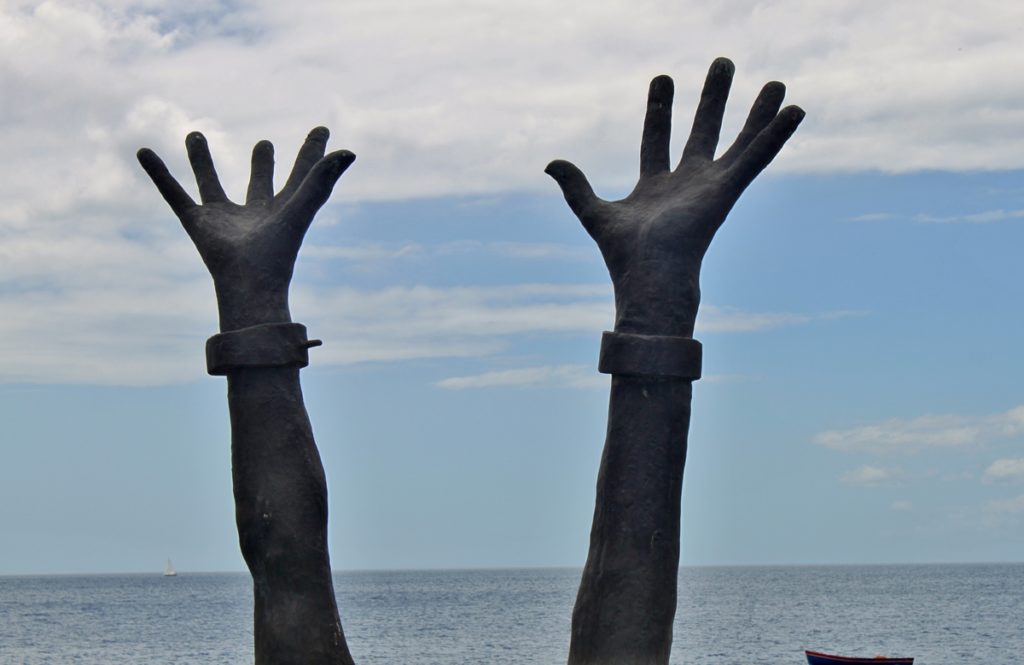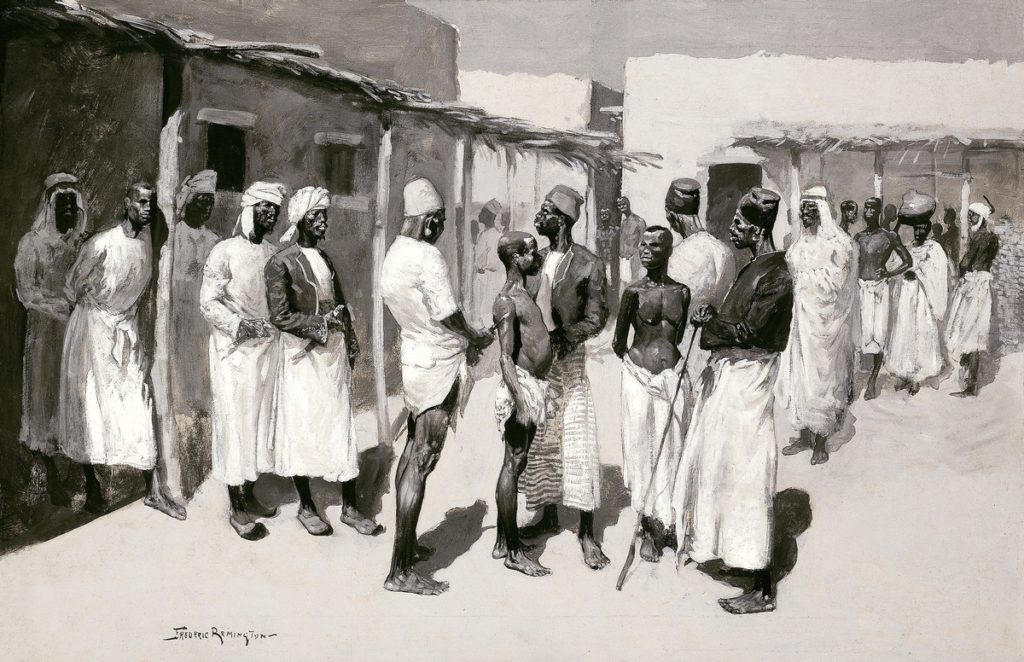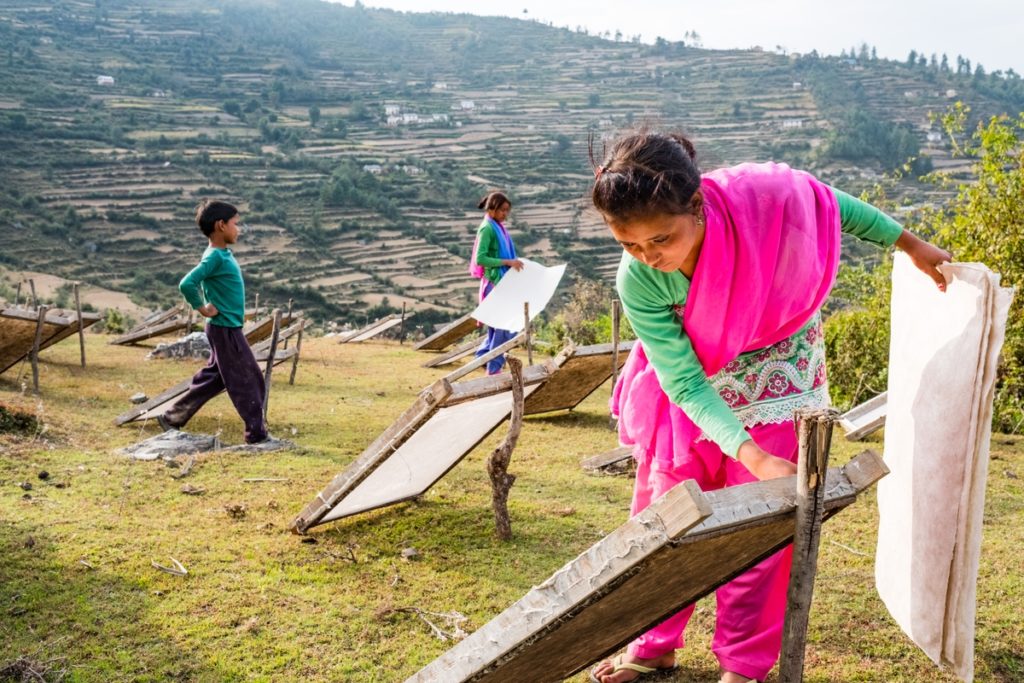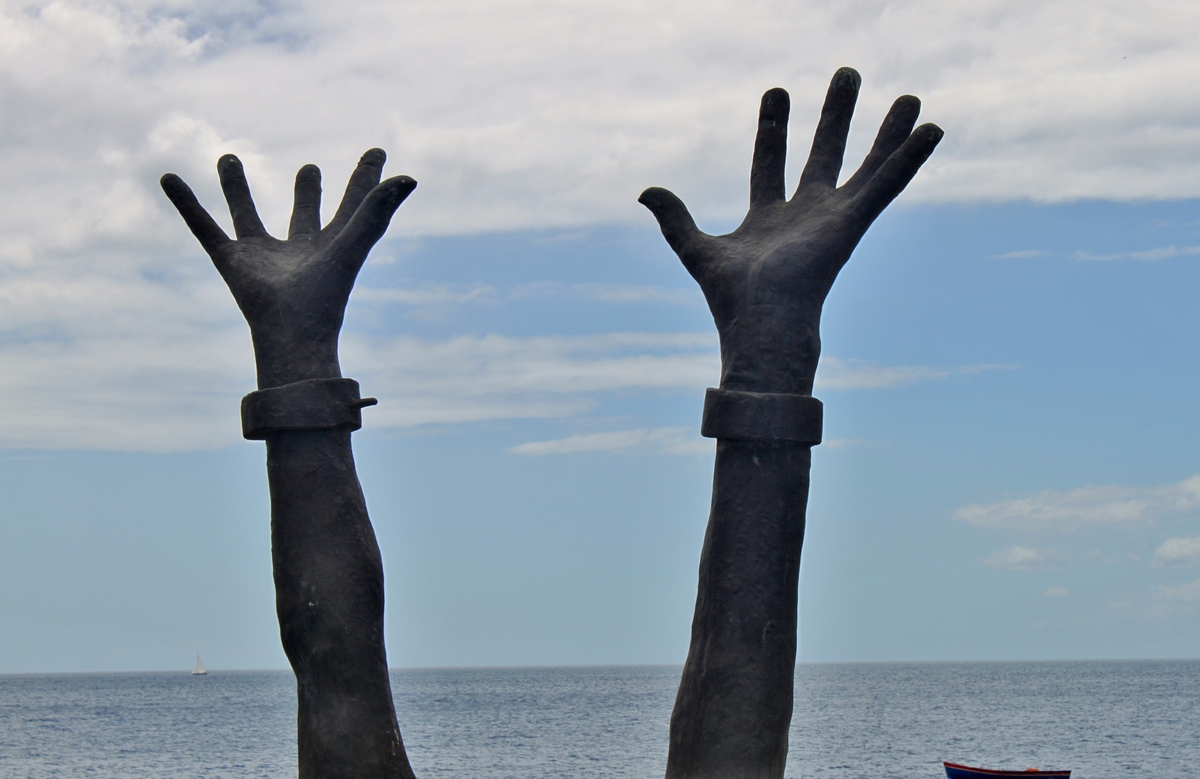
Introduction
Since the 1990s, globalization has taken the world by storm. It allows people, products, and information to cross national borders at prices significantly lower than before. However, for most people, especially those in the developing world, this system hurts them more than it helps. One of the most severe tragedies of globalization is the reduction of wages and exploitation of labor that it leads to across the world. This prompts companies in clothing, mining, and other industries to move their production centers out of their home countries. In doing so, they force these countries’ economic growth to depend on their ease of doing business there. Across Africa and Asia, struggling economies have no choice but to allow exploitation of workers. These outcomes are glaringly similar to Western colonialism and indicate a severe shortage of progress on workers’ protection and welfare.
“These companies – the richest companies in the world, these fancy gadget-making companies have allowed children to be maimed and killed to get their cheap cobalt”
– Terrence Collingsworth, attorney for the families of children in the DRC mines
Exploitation in Africa: Mineral mining in the DRC
Africa has been suffering due to Western exploitation for the longest time. However, these independent African countries have only barely recovered. For example, around 1940, the GDP per capita of many African countries (all of whom, except Ethiopia, were colonized), remained below $10,000. Growth remained stagnant, even after a wave of colonies securing legal independence in the 1960s and 1970s. today, most African countries’ GDP per capita sits below $20,000. This is largely due to the violent reshaping of African societies. Before European colonization, many societies, like the Mali and Songhay Empires of West Africa, relied on its salt and gold exports to the Muslim world for development. However, when Europeans came, seeking to trade slaves for their weapons and other goods, the kingdoms either defended or resisted them to suit their interests.

Exploitation of Africa Through 19th and 20th Century Colonialism
In 1884, after years of gradual, yet brutal invasions by bands of European settlers in the 17th and 18th centuries, European empires sought to formalize their conquests to avoid inter-colonizer conflict. Among all the colonies snatched from their former leaders, the Dutch and British parts of South Africa and the Belgian Congo are significant. The economy in South Africa was restructured to produce diamonds and gold for export to the West, while Belgian kingdom brutalized the Congolese to produce rubber, and later copper. In 1906, the Belgian government granted the Mining Union of the Upper Katanga, a mining company, a concession to mine tin and copper in the Congo. Not only did this company essentially lock down the mineral markets, but they paid different workers unequally. In 1937, they employed 17,000 native Congolese, 6.8 times the number of Europeans. However, they paid the natives $0.85 per day on average, one sixth of the European workers’ average pay, despite otherwise equal labor conditions.
Ties Between Exploitation and Colonialism After Independence
Since independence, the situation has changed, though not to ideal levels. In 1960, there were only 1.6 million primary school students and 16 college graduates in the DRC. As the new country built more schools and universities, it granted primary education to 4.6 million children and university access to 40,000 students in 1990. The numbers have since risen to over 17 million children. However, globalization has opened the door for more Western companies like Glencore and Apple to use the Democratic Republic of Congo to extract resources like cobalt and gold. Education is a key to removing children from the mines, but globalization’s benefits for companies counteract this progress. After Belgium forcibly morphed the DRC’s economy to a slave-run export system, it lacked the money and resources to punish harmful behavior. This provided a convenient window for company bosses and corrupt government officials to enrich themselves. Western companies, therefore, have been reported multiple times to use small children to extract the minerals under brutal conditions, especially in the DRC.
Modern Day Exploitation of Africa
The DRC supplies cobalt for components of electronic devices that we take for granted today, such as batteries and electrical circuits of handheld and office computers, smartphones, tablets, and monitoring systems of motor vehicles. It is, therefore, tragic that companies like the British-Swiss mining company Glencore forces adults and small children (which was reported in 2019), some as young as 6 years old to work under brutal conditions, only being allowed $2 per day and suffering other mistreatment. They are forced to leave school to do this dangerous work, which weakens their economic future, on top of suffering exploitation in the mines.

Exploitation in Asia: Clothing and Textile Manufacturing in Central Asia
All across the Western world are products based on materials produced under excruciating conditions. Children and adults have produced goods like clothing for Abercrombie & Fitch, Balenciaga, Polo Ralph Lauren, Levi’s, and others. The vast majority of these goods in Western stores arrived after being imported from many countries in South and East Asia, in spite of abuses committed to both children and adults. According to sources, approximately 35 million people across the Asia-Pacific region work in the garment industry making clothes. However, in countries like Myanmar, workers are paid less than $3 per day, especially as a result of the COVID-19 pandemic.
History of the Asian Garment Industry
Like the mining industry in the DRC, the garment and textile industries have their roots in Western colonialism. In the 16th century, the British arrived on the shores of Bombay, Madras, and Calcutta (renamed Mumbai, Chennai, and Kolkata in 1995, 1996, and 2001 respectively) to tap into the textile industry, established since ancient times. The British Empire’s goal was to turn Indian textile makers into cheap labor for Britain’s markets for goods like cotton and indigo. Indian textile makers in the Mughal Empire with their British counterparts, acting through the British East India Company. As the British industrialized more in the 17th and 18th centuries, their factories, supported by the Calico Acts, started to outpace manual labor of Indian workers, whom the British soon displaced from the market.
19th Century Evolution of Exploitation Along With 2nd-Wave Imperialism
The 19th century ushered in a new, painful era for Asia. By this time, the UK had officially colonized India, the Dutch in 1799 conquered the East Indies (modern day Indonesia, Brunei, Papua New Guinea, etc.), and other European powers permanently changed the region in many other ways. One major result of these invasions is that many parts of Asia essentially became sources of abundant textiles and cheap laborers to continue to make these textiles.
Impact of Previous Colonialism on Exploitation
Even in the mid-20th century with the 1945 independence of Vietnam, Indonesia, and the Philippines, the 1947 independence of India and Pakistan, and the formation of many other countries until the late 1950s, it did not seem as though Asia was truly independent of Western meddling. After all, as globalization developed, especially after the 1991 fall of the Soviet Union, Western companies, like Adidas (German) and Gap (U.S.) outsourced labor from their own countries to developing countries.
Bolstering Labor Law Enforcement to Tackle Exploitation: Asia
Outsourcing lowers operating costs and lower consumer prices, which is a direct result of globalization. However, this all comes at the cost of horrendous conditions for workers in those countries. Sweatshops force clothing makers to work long hours, often more than 40 hours per week. There is also little, if any, guarantee that workers receive payment on time. Much of this due to sharp reliance of Asian economies on exports after World War II. Demand for textiles grew, and companies saw an opportunity to export. Countries, both during and after decolonization, ended up with alarmingly lower development levels than their former colonizers. Although exporting did generate some revenue, it was nowhere near enough to approach their Western former colonizers. In practice, export economies are only slight variations of the region’s colonial economies: they are free from direct control, but still depend on favorable Western markets to survive.
Bolstering Labor Law Enforcement to Tackle Exploitation: Africa
The DRC supplies cobalt for components of electronic devices that we take for granted today, such as batteries and electrical circuits of handheld and office computers, smartphones, tablets, and monitoring systems of motor vehicles. It is, therefore, tragic that companies like the British-Swiss mining company Glencore forces adults and small children (which was reported in 2019), some as young as 6 years old to work under brutal conditions. It is very common for them to only receive $2 per day and suffer other mistreatment. They are forced to leave school to do this dangerous work, which weakens their economic future, on top of exploitation in the mines.
Rooting Out Government Corruption to Prevent Exploitation
Extremely low levels of enforcement allow manufacturers and the mines they contract with to avoid punishment. One major factor in lack of enforcement is the large amounts of bribes to government officials to turn a blind eye. For example, Glencore paid 79.6 million USD in bribes to state-owned entities from Nigeria, Côte D’Ivoire, and other West African countries from 2007-2018 to manipulate oil prices. It did so to increase its own profits at the expense of the potential for these countries’ economies to contract. In May 2022, Brazil, the U.S., and the U.K. finally forced Glencore to pay 1.5 billion USD as punishment.

Current Action Against Exploitation
Fortunately, the voices of change and anger are growing stronger. Organizations such as United Students Against Sweatshops took smaller, though crucial, steps towards corporate transparency. They demanded companies that make clothes that display their universities’ logos to reveal the names and addresses of factories, and in 2005, brands like Nike and Adidas bowed to pressure. Dozens of brands followed suit in the years afterward.
Conclusion
Ever since European kingdoms started to expand, it is Africa and Asia who have endured the pain of their invasions. It is the violent, cruel legacy of Western imperialism and colonialism that has harmed the continent since Henry the Navigator landed in Ghana (named Gold Coast at the time) in 1471 under King Afonso V of Portugal’s orders. They invaded, pillaged, and ultimately forced Africa and Asia to restructure their societies to the benefit of European governments and companies. This has harmed the long-term development of dozens of countries, and it will continue to harm them for years to come. The way to defeat labor exploitation is to advocate for enforcement mechanisms against sweatshop labor to be improved and for consumers to boycott the clothing stores engaging in these abuses. The successes garnered thus far, though few, have been major. With more pressure, this problem may finally be solved.
IVolunteer International is a 501(c)3 tech-nonprofit registered in the United States with operations worldwide. Using a location-based mobile application, we mobilize volunteers to take action in their local communities. Our vision is creating 7-billion volunteers. We are an internationally recognized nonprofit organization and is also a Civil Society Associated with the United Nations Department of Global Communications. Visit our profiles on Guidestar, Greatnonprofits, and FastForward.


